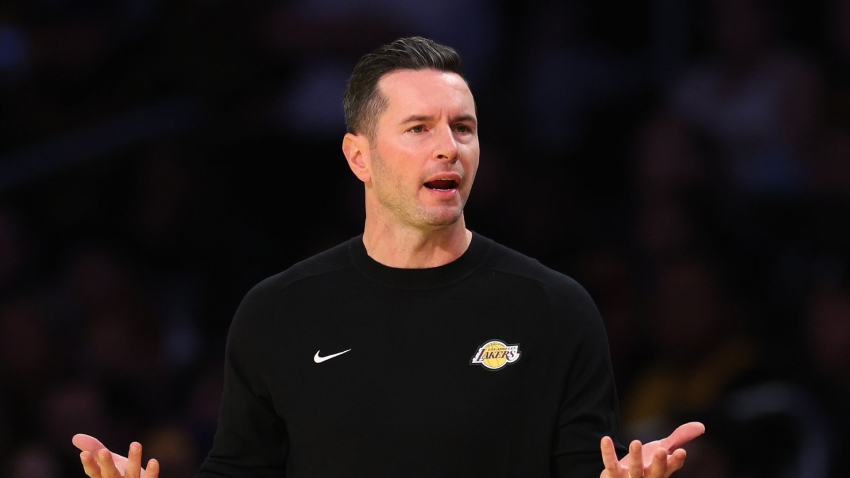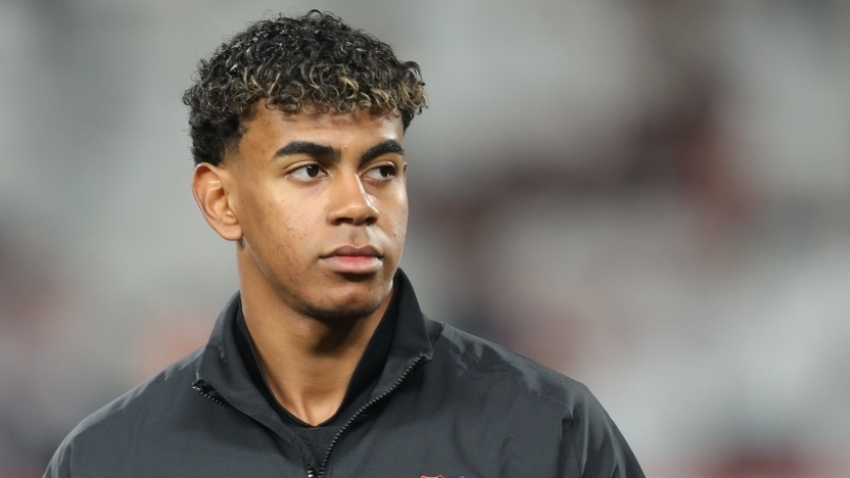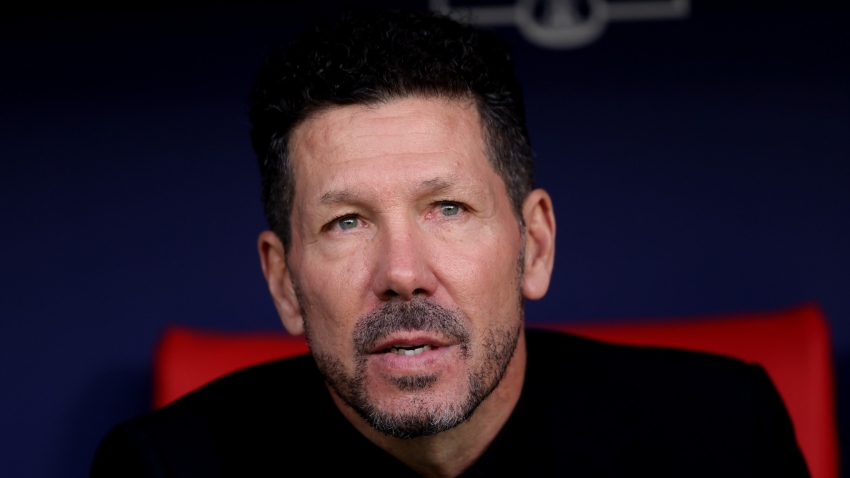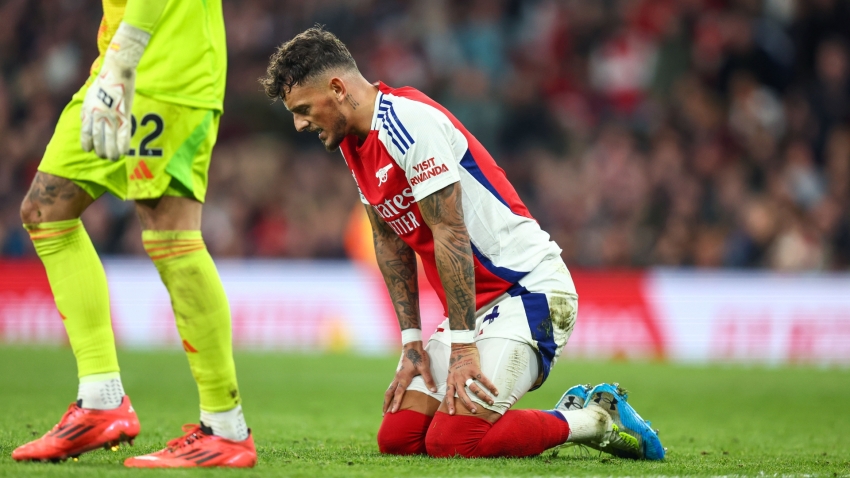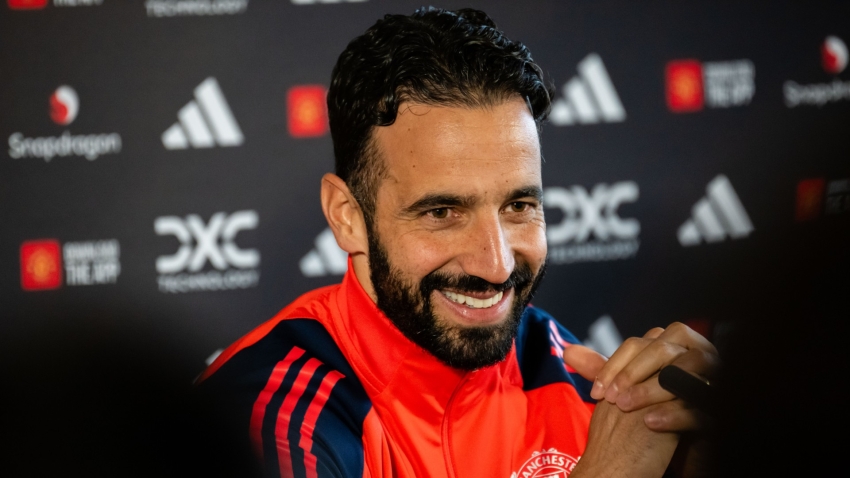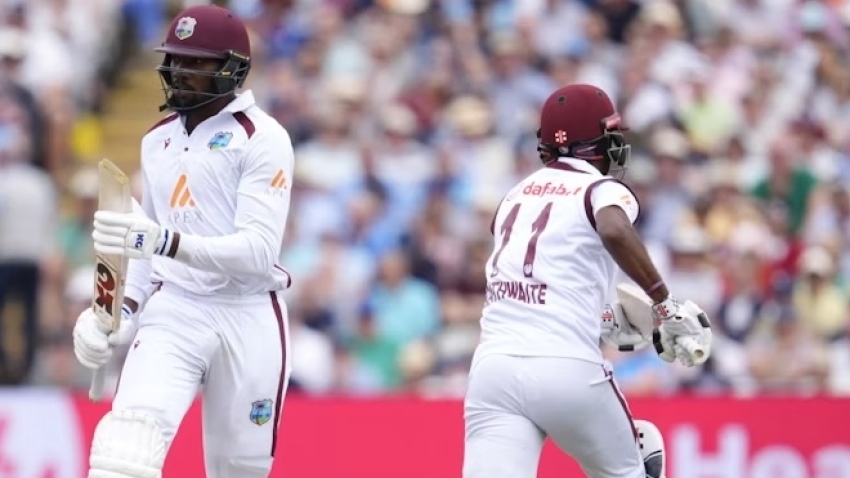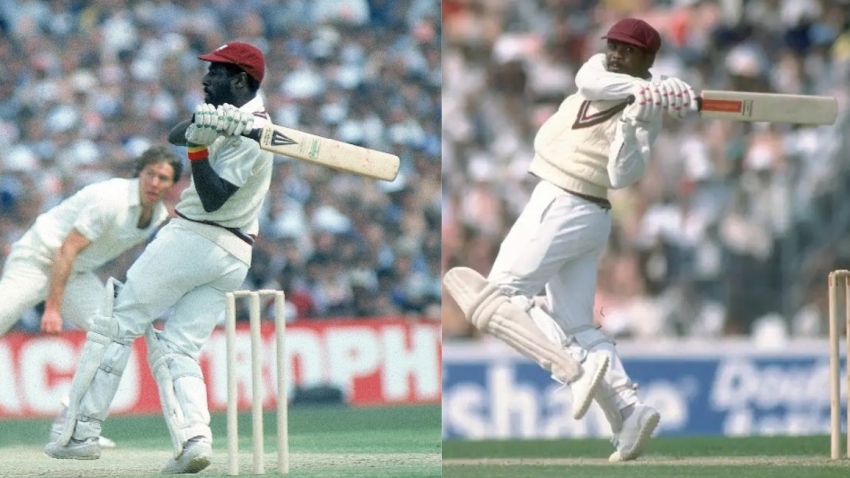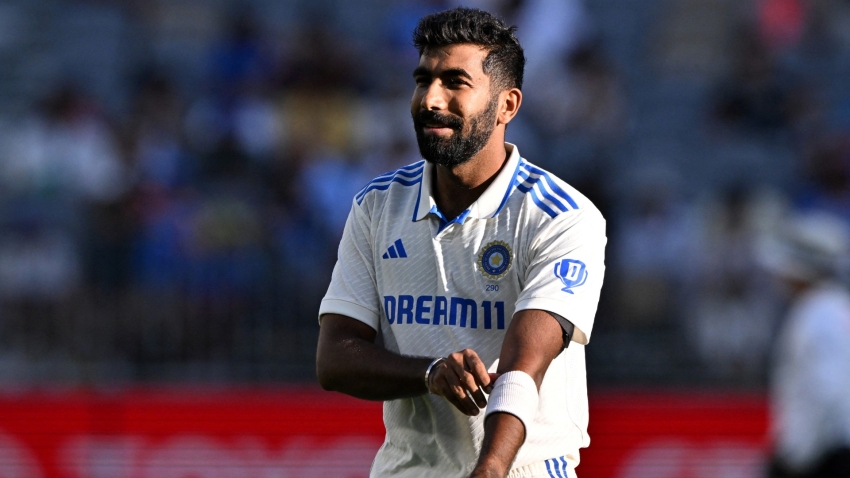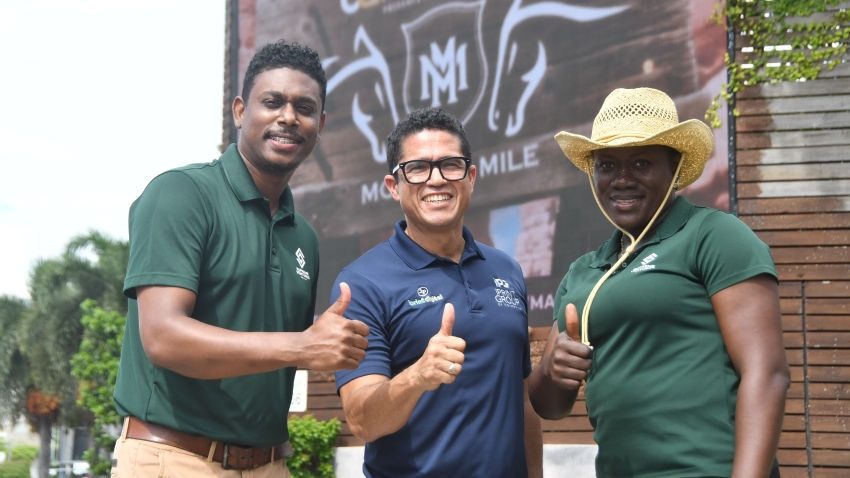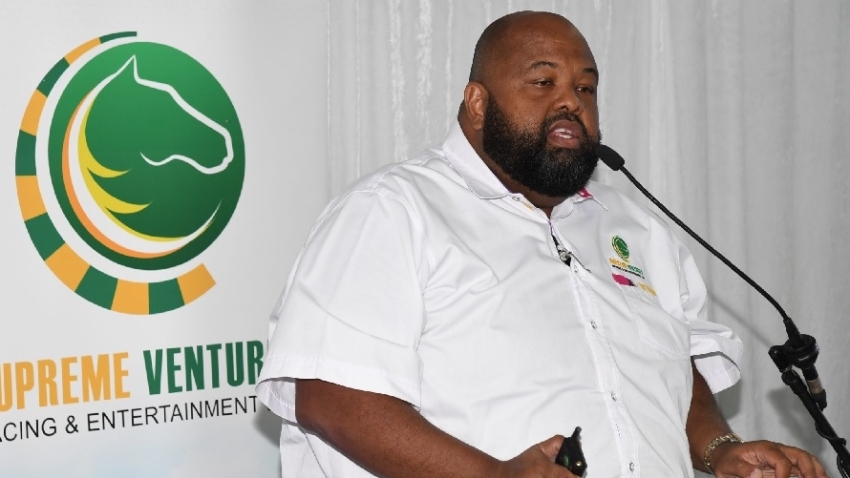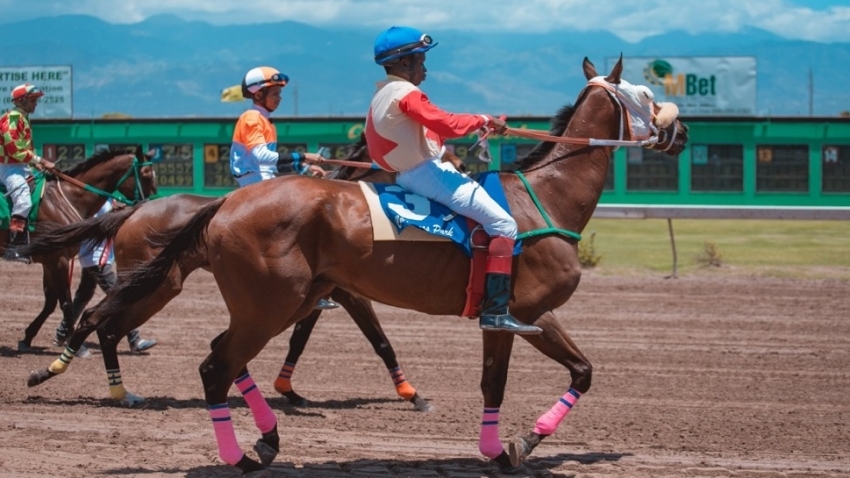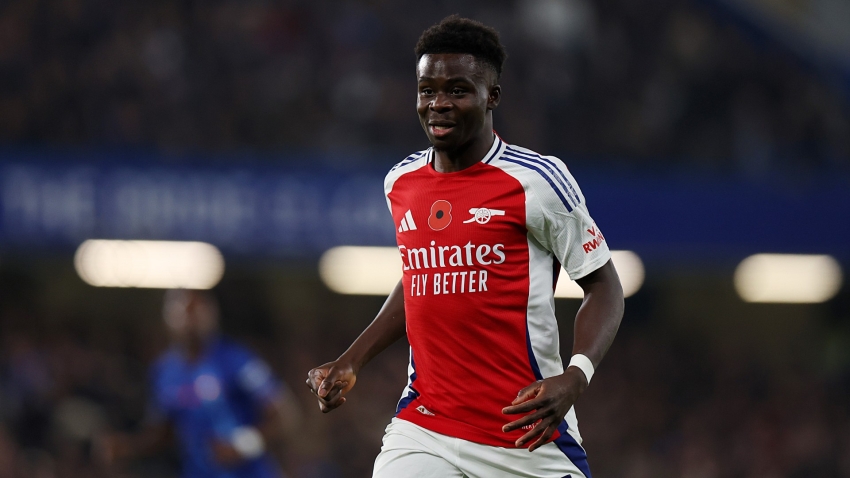The British Horseracing Authority has released the 2024 fixture list and in doing so implemented several strategies designed to boost the popularity of the sport and the revenue it generates.
Here, we look at the key changes and their intended impact on the industry:
What are Premier Racedays?
A significant change is the introduction of Premier Racedays, 170 days of racing during which the best quality contests will be scheduled in order to better allow the sport to promote its headline events. An additional £3.8million of Horserace Betting Levy Board funding for Premier Racedays will be invested, with no race run for less than £20,000 on the Flat and £15,000 over jumps at these meetings. There will also be a ‘protected window’ between 2pm and 4pm when the number of races run is limited, pushing a small number of meetings to an earlier start and others later into the afternoon.
Richard Wayman, chief operating officer for the BHA, said of the concept: “What we’ve tried to do here is recognise that for the uninitiated, the person that isn’t already following our sport, we just publish every year a list of 1,500 fixtures and we leave it to them to try and figure out what the headline stuff is.
“We’ve set criteria for those fixtures now, there’s a bar that racecourses have to jump to be a Premier fixture. We wanted to be inclusive so it wasn’t out of the reach of the smaller tracks to, on one or two days through the year, really target their resources so they can be part of the Premier party. We’ve set the bar, the criteria and 170 fixtures have managed to jump over it.”
Why is there more racing on a Sunday?
Higher quality meetings will be scheduled for Sundays, including 29 Premier days, and there will also be a trial of Sunday evening racing in the first quarter of 2024 with £145,000 in prize-money required for each fixture.
Wayman said: “We’ve made it a real focus to try and improve the quality of Sunday racing. In addition, we are looking to trial Sunday evening fixtures in the first quarter of next year. That’s on the backdrop of information from the betting industry and our betting partners, who have identified to us that punter behaviour changes and those Sunday evening are an increasingly popular time of the week for people to bet.
“At the moment British racing is missing out on that, the money is being bet on other sports or indeed racing overseas. We’d like to run a trial of six meetings in the first quarter of next year to help us understand what demand there is for our customers.
“That does place a greater pressure on our workforce and that’s something we are very, very sensitive to. There are additional payments for those that will be servicing those meetings.”
Will there be less fixtures altogether?
To address dwindling field sizes there will be less meetings in 2024 and a rescheduling of some races to more suitable times. Wayman explained: “There will be 300 fewer National Hunt races next year, which includes removing 20 fixtures, and on the Flat moving 200 races out of the summer and into the autumn, when we know field sizes will be stronger.
“In addition to those volume changes there are other interventions we are making, there are 100 races that we are taking out of the programme and we will put in at the 10-day stage so we can make use of the latest horse population data to understand where the gap in the programme is. We’re going to start removing races, low-grade handicaps, with fewer than four runners in at the declarations stage.”
Are the changes permanent?
No. The proposed changes are subject to a two-year trial, during which the outcomes will be monitored and the relevant parties will be consulted.
Wayman said: “In reality, lots of bits of it will work but some bits of it won’t work, when we get two years down the line I think it is unlikely that we will be completely reversing everything, we will learn as we go.”
Julie Harrington, chief executive of the BHA, said: “Is the BHA going to be happy fronting up to those things that didn’t work? Absolutely. The sport as a whole needs to not be scared to try things and openly admit when they don’t work.”
Why is change required?
The main reasoning behind the changes to the fixture list stems from challenges the sport faces and the BHA hopes to go some way to remedying.
“We want to increase the number of fans and followers in British racing to support our long-term future,” said Wayman.
“The backdrop to that is some very concerning numbers that we’re all aware of, the declining attendances in British racing, the declining betting turnover – we’ve had lower field sizes in 2022 than we had for a very long time. Horse numbers are under pressure, owners numbers are under pressure, and of course we have an increasing number of higher-rated horses being exported overseas.”
What does the BHA hope to achieve?
Modelling developed in a back-and-forth with bookmakers has estimated a £90m improvement to British racing’s finances over a five-year period from 2024 to 2028. Harrington said: “The £90m is the difference between a ‘do nothing’ scenario in the timescale versus what we realistically think these innovations can collectively deliver.
“One of the reasons for growing the engagement with our fans and viewers is about having a more sustainable sport that has strong revenues that can then be reinvested.”


